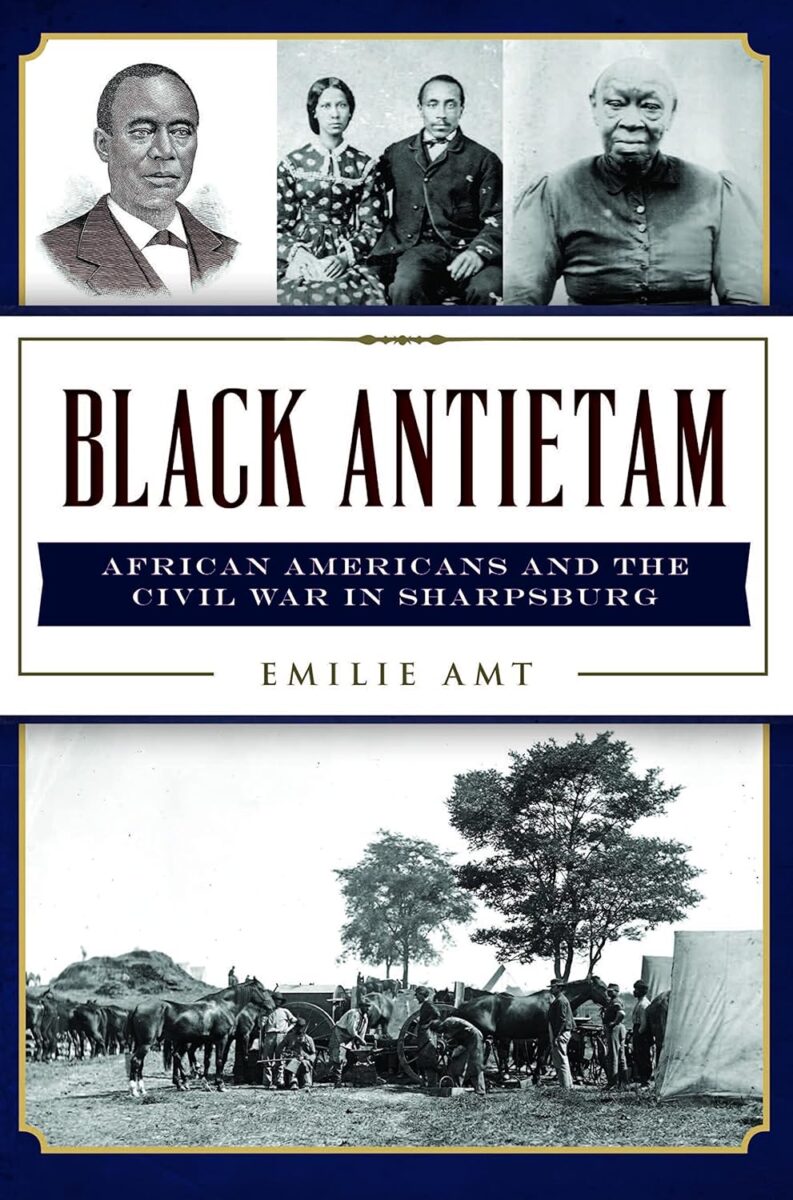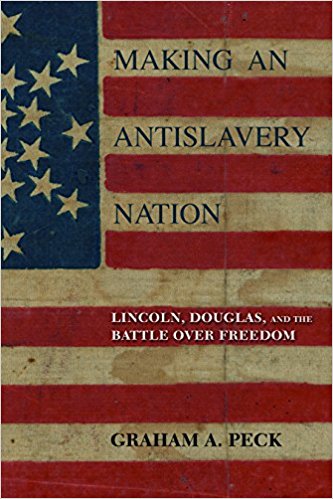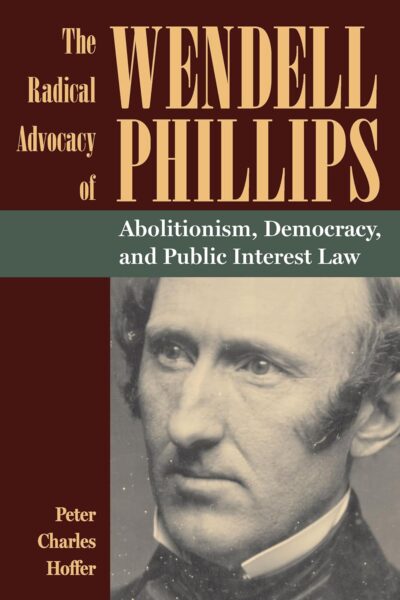The Battle of Antietam lives in American memory as one of the great turning points of the U.S. Civil War. The victory at Antietam became a pretext for President Lincoln to issue his long-awaited preliminary emancipation proclamation. Despite its significant connection to the story of slavery’s demise in the United States, Emilie Amt, an emeritus professor of History at Maryland’s Hood College, argues that the events of September 17, 1862, have never been told from the perspectives of African Americans. Black Antietam seeks to restore agency to the Black population of Sharpsburg, Maryland, which witnessed the bloodiest day in U.S. history.
Amt’s account relies heavily on Washington County Land Records, published slave narratives, and the limited number of writings that have survived from the Black residents of Sharpsburg and the surrounding region. Through these sources, Amt crafts a compelling narrative of the war’s impact on Sharpsburg’s Black population. While an emphasis is placed on Antietam itself, the book does admirable work recovering Black wartime experiences in Sharpsburg more generally.
Prior to the Civil War, Washington County, Maryland, boasted a significant enslaved as well as free Black population. Despite possible class distinctions, Amt makes it clear that “in many ways, enslaved and free African Americans formed a single community” within Sharpsburg (29). Given the unique geographical location of Sharpsburg, this community witnessed first-hand significant events like John Brown’s Raid.
Black Sharpsburgers tracked the events of the war and were aware of its revolutionary possibilities. While the Emancipation Proclamation did not free the enslaved population of Sharpsburg (Maryland was a loyal, slaveholding border state), one Eliza Steward Miles wrote that if the war continued, “the slaves are bound to be free” (97). Clinging to this hope that freedom might be on the horizon, they were not unaware of the potential challenges they yet faced. Following the issuance of the Emancipation Proclamation, the inhabitants of Sharpsburg continued to stare down the threats of rebel occupation, with occasional raids and another Confederate army invading the region. Those able fled north into Pennsylvania to avoid being sold into slavery.
But the hope of freedom flickered, too. In April 1864, Company I of the Nineteenth United States Colored Troops encamped in Sharpsburg. Enthusiastically, the Black population of Sharpsburg looked on as these men prepared to trundle off to the front. While there were some clashes with local whites during this time, the presence of a Black unit represented just how much had changed in Sharpsburg after four years of war.
In sum, Black Antietam is a short but welcome work that restores to view the integral role played by African Americans in the community of Sharpsburg.
Riley Sullivan is a doctoral student in the Department of History at the University of Houston.
Related topics: African Americans





